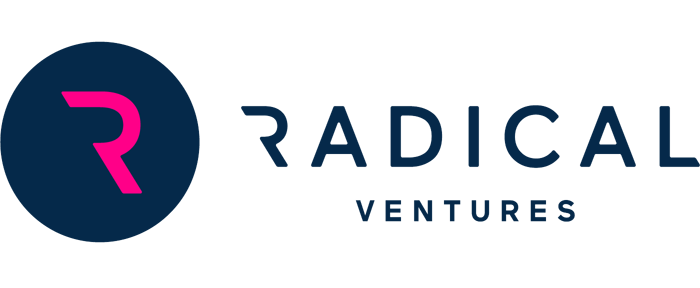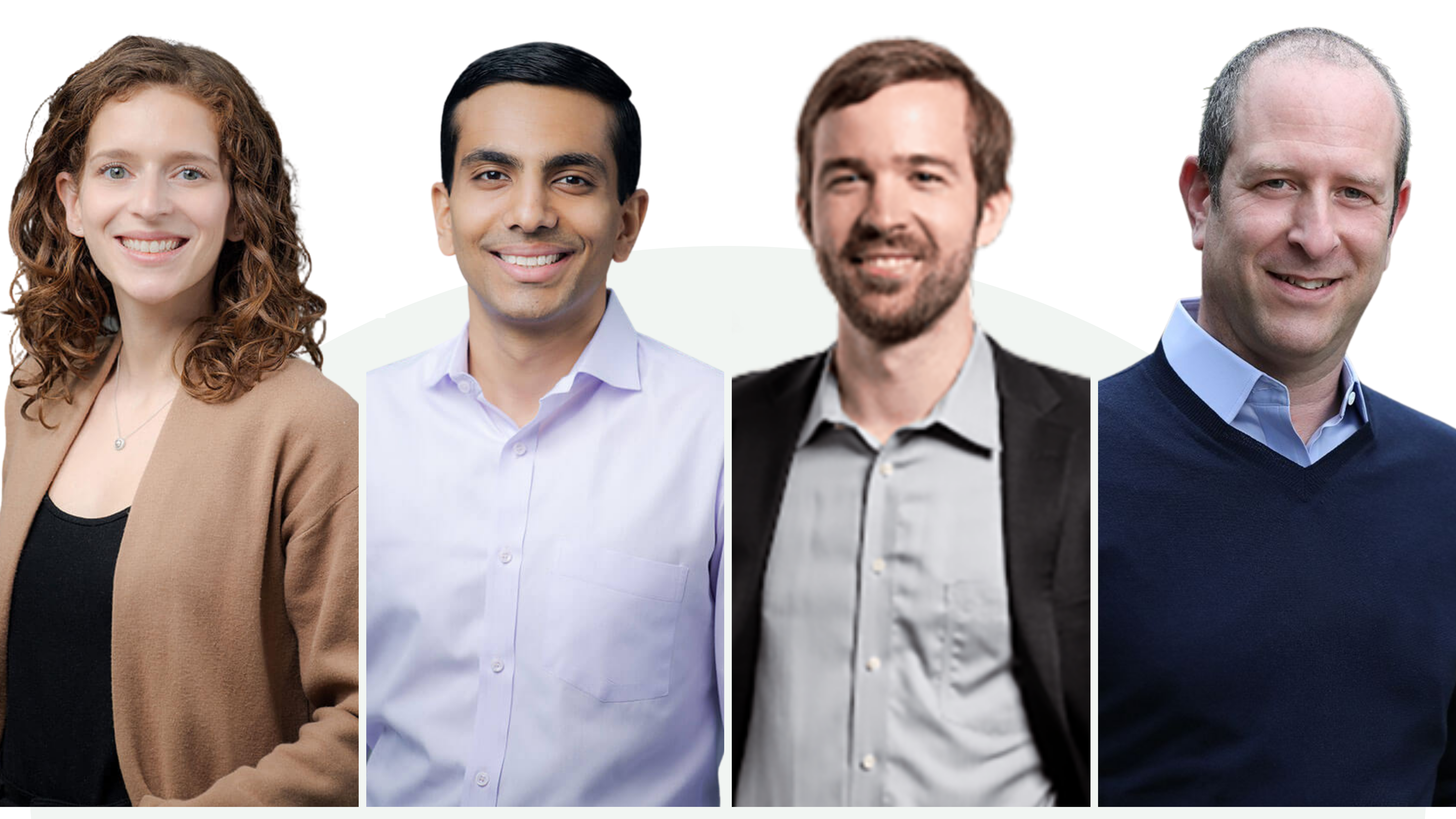Radical Ventures exists because of our belief that AI will change everything, and that the best talent wins. In 2017, Tomi Poutanen and I worked with Geoffrey Hinton, Richard Zemel, Raquel Urtasun, Sanja Fidler, and a handful of other AI professors and Ed Clark to create Toronto’s Vector Institute for AI. (Tomi is my co-founder at Layer 6 and co-founder/partner at Radical, and Ed is now both a partner at Radical and Chairman of the Vector Institute. Raquel has gone on to found self-driving startup Waabi, in which Radical is a leading investor). We believed that if you build an AI research centre around world-leading researchers and educators with the right support and structure, it would become a magnet for extraordinary talent, companies and capital, and the flywheel of an AI ecosystem and broader innovation economy. In other words: build it and they will come. And did they ever!
In March of 2017, Vector launched with 8 founding faculty. Today, Vector boasts over 2000 faculty and researchers. But for this ecosystem to realize its full potential, it also needed access to capital and expertise that could turn groundbreaking research into commercial applications. That was a core part of our vision when we created Radical Ventures shortly after the launch of Vector. Waabi, UntetherAI, and Cohere are just a few of the research-driven AI startups backed by Radical that are emerging from this Canadian ecosystem, attracting global investors and rapidly scaling.
Whether you are building a research ecosystem or the venture fund designed to grow it, big ambition attracts extraordinary talent. Which brings me to exciting news from Radical. To support our growing portfolio of Radical companies and the rapidly expanding market for AI venture investment, we are excited to announce a series of additions to our leadership team.
We welcome two new leadership executive team members: Rob Toews and David Katz. Rob is joining the firm as a Partner on the Investment Team, based in San Francisco. Before joining Radical, Rob was a VC at Highland Capital Partners, where he led the firm’s AI investment efforts. Previously, he spent several years working at the forefront of the autonomous vehicle industry at Zoox (acquired by Amazon) and as a staffer in the Obama White House. He started his career at Bain & Company in Silicon Valley. Rob holds an MBA from Harvard Business School, a JD from Harvard Law School, and an undergraduate degree from Stanford. Rob writes a regular column for Forbes about artificial intelligence.
Experienced technology entrepreneur David Katz joins Radical as Operating Partner. He will bring his breadth of experience to support Radical portfolio companies in their go-to-market efforts and to source and evaluate new deals. David started his career as a lawyer, but switched paths early and went on to found/scale/sell a number of businesses, including an online insurance platform for financial institutions, InsLogic (acquired by Capital One Bank), followed by a marketplace for freelancers, Portfolios.com (acquired by EQ Inc.). David then spent several years building and scaling new technologies and ventures in the Adtech space, with a focus on data platforms and machine learning. Most recently, David was an executive at Benecaid, where he created Honeybee, a customer acquisition platform for insurance companies (acquired by Green Shield Canada).
We also continue to expand our Investment Team, welcoming Ryan Shannon who joins Radical as a full-time Investment Team member. Previously, Ryan was a Private Equity Investor at TPG Capital in San Francisco. Ryan obtained an MBA from Harvard Business School and an HBA from Ivey Business School.
We are also very excited to announce that Parasvil Patel, an Investment Team member, and CFO Blair Bernholtz have been promoted to Partner. Blair oversees Radical’s financial matters and LP reporting and supports the financial matters of portfolio companies. She joined us shortly after the launch of Fund 2. Previously, Blair worked at Onex in finance and investor relations, and at PWC after obtaining her CPA. Parasvil also joined soon after we launched Fund 2 and has been an integral part of building out our Investment Team and process, and go-to-market activities for our Velocity Program. He is a trusted advisor and board member for several portfolio companies including ClimateAi. Parasvil, who has an electrical engineering degree from IIT Bombay, started his career at BCG in India and the US, then obtained an MBA at Harvard Business School before joining KKR in New York City, where he supported portfolio value creation efforts and investments across multiple asset classes and industries.
Adding to our extraordinary team at Radical is a reflection of our commitment to help our portfolio companies succeed on a global scale, and to help create a better world using AI. Everyone at Radical is very excited to continue that mission.
AI News This Week
-
Even After COVID-19, the US labour market remains more stable than people think (ITIF)
Since the 1990s, fewer people have lost their jobs every year, suggesting that AI and other emerging tech are not taking over jobs. The non-profit ITIF looked at data from the US Bureau of Labor Statistics and found that job-loss rates across ten industries were lower in Q3 2020 than 1995. Even after the pandemic, the spike in job loss in the US has not stopped the long-run trend toward fewer job losses. The report warns that a public perception which does not match the economic reality could undermine overall growth by favouring constancy over innovation.
-
Understanding the onset of hot streaks across artistic, cultural, and scientific careers (Nature)
When will an artist peak? Most creatives are known for their ‘hot streaks’ – a period of high-impact works clustered together in close succession. Examples include Vincent Van Gogh from 1888 to 1890, Alfred Hitchcock from 1958 to 1963, and John B. Fenn from 1985 to 2002. Researchers at Northwestern University used image recognition algorithms to analyze 800,000 artworks from more than 2,000 artists to uncover how to nurture and identify talent.
-
Computer vision and deep learning provide new ways to detect cyber threats (VentureBeat)
Image classifiers can do much more than identify cats and dogs. Cybersecurity and AI researchers are using these tools to uncover malicious websites and documents through pattern recognition. Progress in machine learning will provide scientists with new tools to creatively address cybersecurity challenges.
-
Can sea slugs help make AI smarter? (Futurity/Purdue University)
For AI to get any smarter, it first needs to be as intelligent as one of the simplest creatures in the animal kingdom: the sea slug. Two main signs of intelligence that neuroscientists have learned from sea slugs are habituation and sensitization. Habituation would allow AI to ‘forget’ unneeded information (achieving more stability), while sensitization could help with retaining new and important information (enabling plasticity). The study can be read in full in the Proceedings of the National Academy of Sciences.
-
“Afghan women are capable of everything”: The country’s all-girls robotics team discuss an uncertain future (Rest of World)
“If I have the opportunity, or if the situation in Afghanistan gets more insecure, I will go to another country on a temporary basis and learn more about STEM and artificial intelligence, return to Afghanistan, and deliver what I have learned to the young and hardworking generation.”
Radical Reads is edited by Ebin Tomy (Analyst, Radical Ventures)

